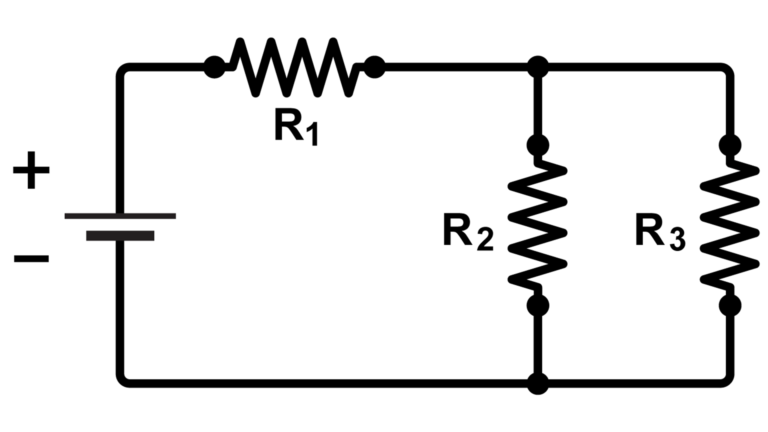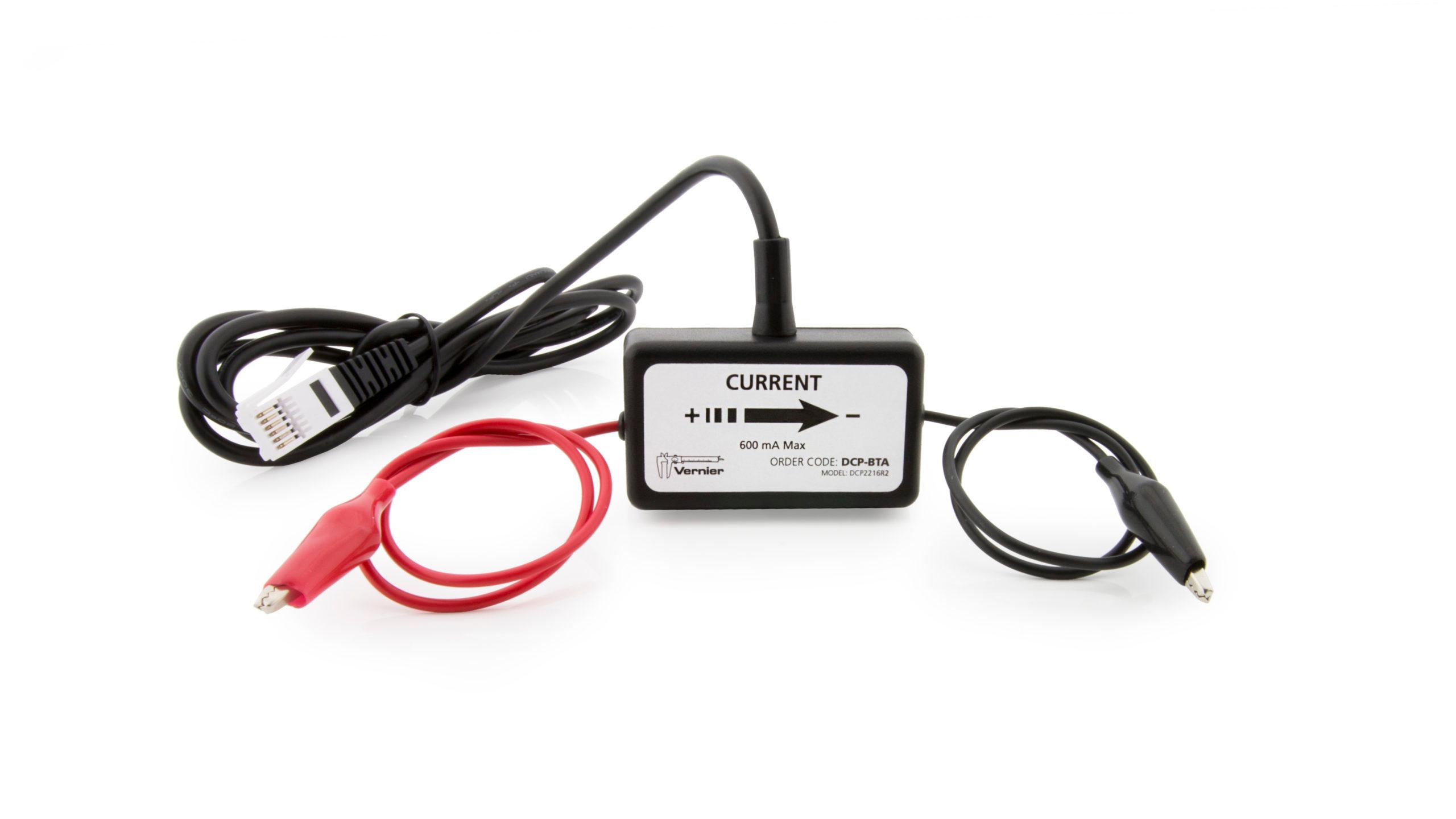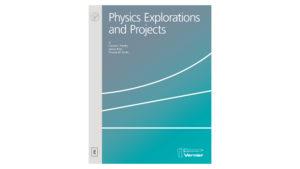
Introduction
The goal of this activity is for students to develop an understanding of how current behaves in a circuit involving resistors in both series and parallel configurations.
In the Preliminary Observations leading up to this investigation, students should be shown several situations that are intended to build conceptual understanding and counter specific misconceptions by adding light bulbs, in series or in parallel, to a simple circuit consisting of a battery and single light bulb.
With this as background, students are challenged to develop a conceptual model for how current behaves in a circuit with multiple paths. This model should be confirmed with data in a test circuit.
Students will then design and execute an experiment to determine the nature of current flow in simple circuits.
Objectives
- Understand that moving charge (i.e., current) is conserved in a circuit. At every junction, the current flowing in is equal to the current flowing out.
- Learn that adding resistance in parallel serves to reduce the combined effective resistance by adding pathways for current.
- (Extension only) Understand what is meant by the term “short-circuit.”
Sensors and Equipment
This experiment features the following sensors and equipment. Additional equipment may be required.
Ready to Experiment?
Ask an Expert
Get answers to your questions about how to teach this experiment with our support team.
- Call toll-free: 888-837-6437
- Chat with Us
- Email support@vernier.com
Purchase the Lab Book
This experiment is #20 of Physics Explorations and Projects. The experiment in the book includes student instructions as well as instructor information for set up, helpful hints, and sample graphs and data.




